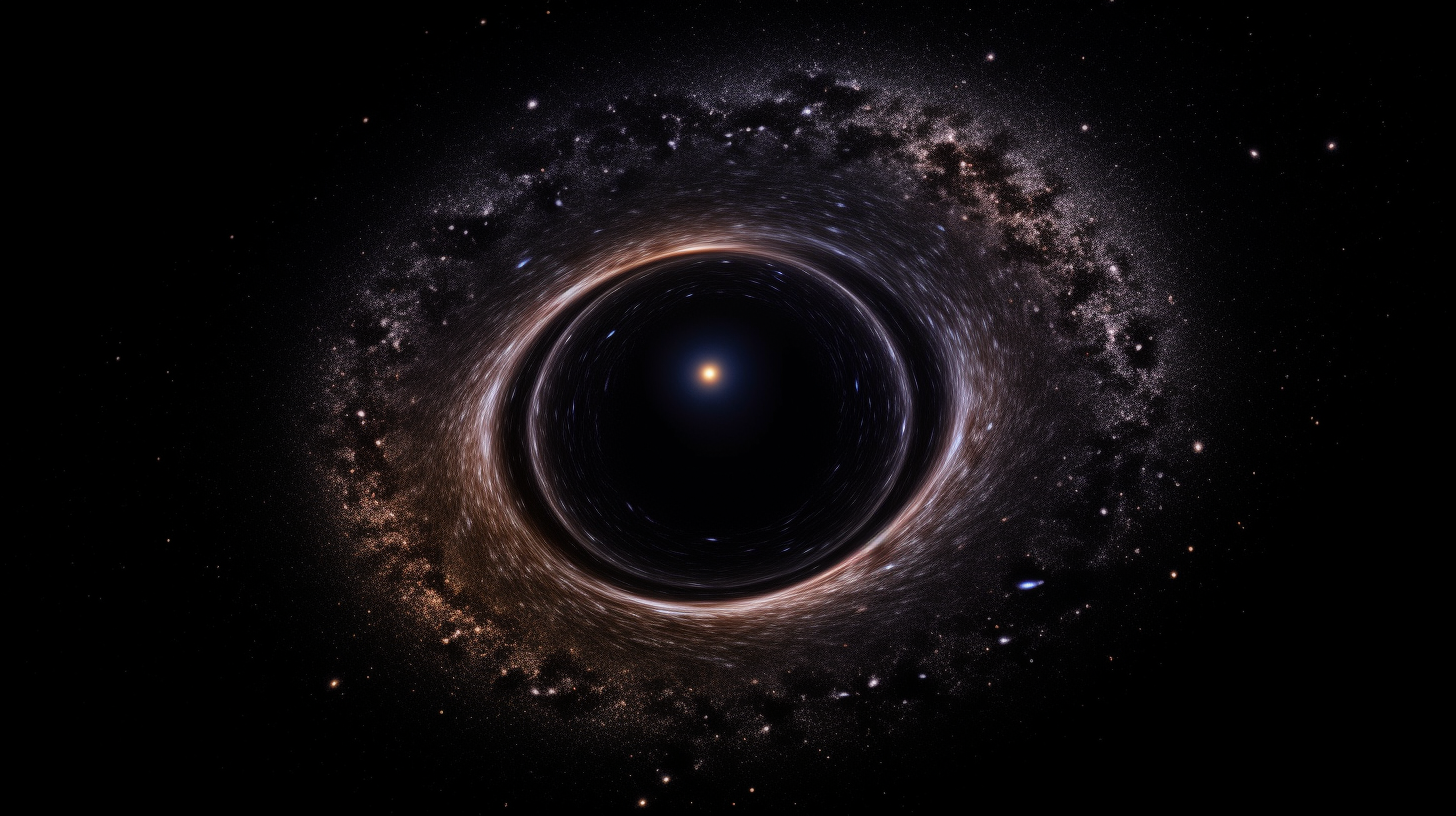

Quantum states consist of spatial spin networks labeled by the ADM mass M (a Dirac observable) and integer numbers that characterize the radii of spheres of symmetry associated with each vertex of the network k i. We focus our study to some of the simplest semi-classical states.

This is achieved, for instance, by applying group averaging techniques for both the quantum scalar constraint and the group of finite spatial diffeomorphisms (see also Refs ( Gambini and Pullin, 2013 de Blas et al., 2017)). ( Gambini et al., 2020a), the physical sector of the theory is encoded in physical states (solutions to the scalar constraint) endowed with a suitable inner product and a set of physical observables.
#Black hole removal full#
Then, we represent the scalar constraint as a well-defined operator in the kinemtical Hilbert space (for the diffeomorphism constraint we rather work with the related finite group of transformations mimicking the full theory).įollowing the construction of Ref. A suitable basis of kinematical states is the one provided by spherical symmetric spin networks tensor product with the standard states for the matter sector in the mass representation. In summary, we start with a kinematical Hilbert space in the loop representation adapted to spherically symmetric spacetimes for the geometrical sector together with a standard representation for the spacetime mass and its conjugate momentum ( M, P M ). The physical sector of the theory is obtained after combining Loop Quantum Gravity quantization techniques and the Dirac quantization program for constrained theories. In section 3 we introduce a horizon penetrating slicing based on Painlevé–Gullstrand coordinates and show how it can be used to connect to a white hole space-time. In section 2 we discuss the physical sector of the quantum theory, focusing on semiclassical sectors. The organization of this paper is as follows. Its very definition requires the choice of a slicing and the new regularization avoids an undesirable dependence on it in the semiclassical limit. However, in this work we consider a different regularization for the parametrized observable associated to the shift function.

The space-time continues into a white hole geometry, like in Ref.

In the highest curvature region there is a space-like transition surface, something that was unnoticed in ( Gambini et al., 2020a). We find that in that region there exist semi-classical quantum states for which the theory behaves like a quantum version of general relativity coupled to an effective anisotropic fluid ( Cho and Kim, 2019) that violates the dominant energy condition. We observed that the singularity was removed, but we did not analyze in detail what happened to the space-time beyond the region where the singularity used to be. Other approaches involving improved quantizations have also been explored in ( Han and Liu, 2020). Earlier work ( Gambini and Pullin, 2013 Gambini et al., 2014 Gambini et al., 2020b) had considered a constant polymerization parameter, similarly to the “ μ 0” quantization scheme in loop quantum cosmology, whereas the improved quantization is similar to the “ μ ¯” quantization scheme ( Ashtekar and Singh, 2011). In a previous paper ( Gambini et al., 2020a) we studied an improved quantization for spherically symmetric loop quantum gravity.


 0 kommentar(er)
0 kommentar(er)
